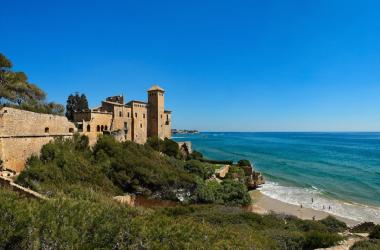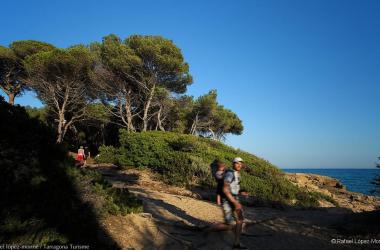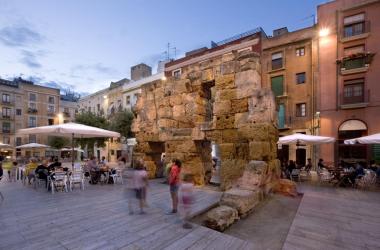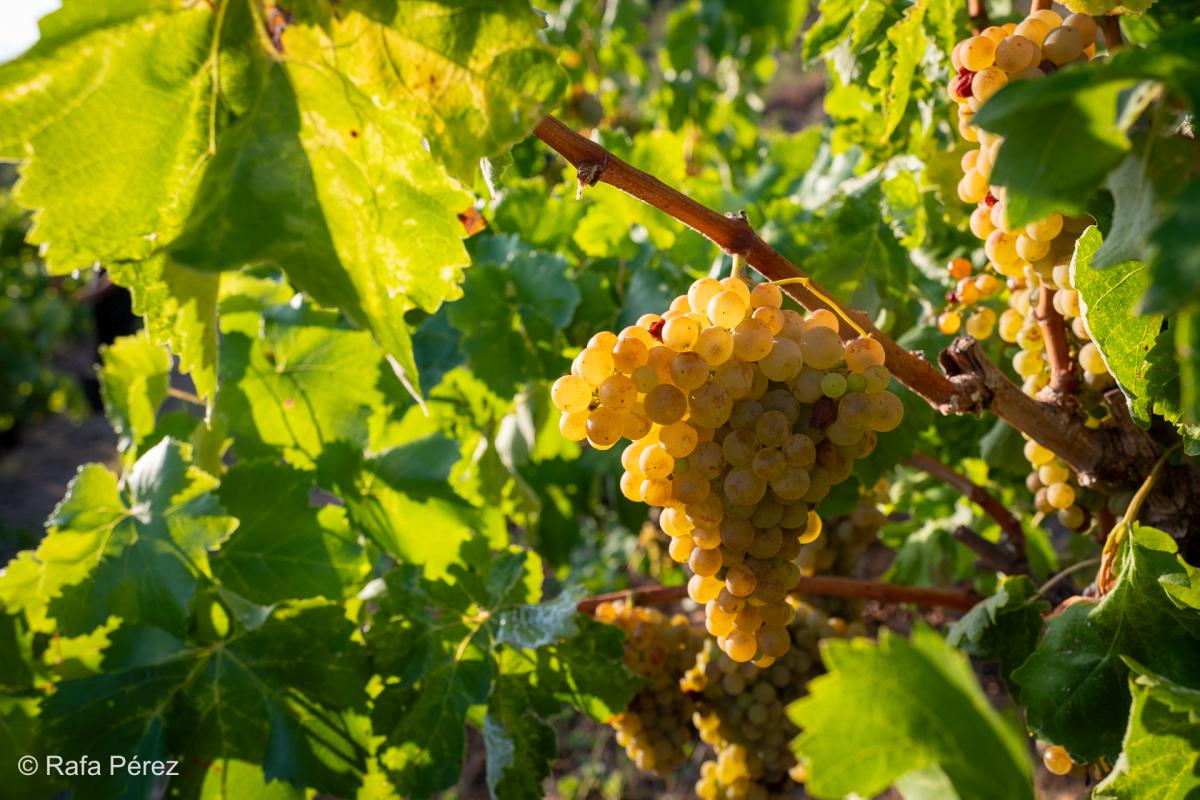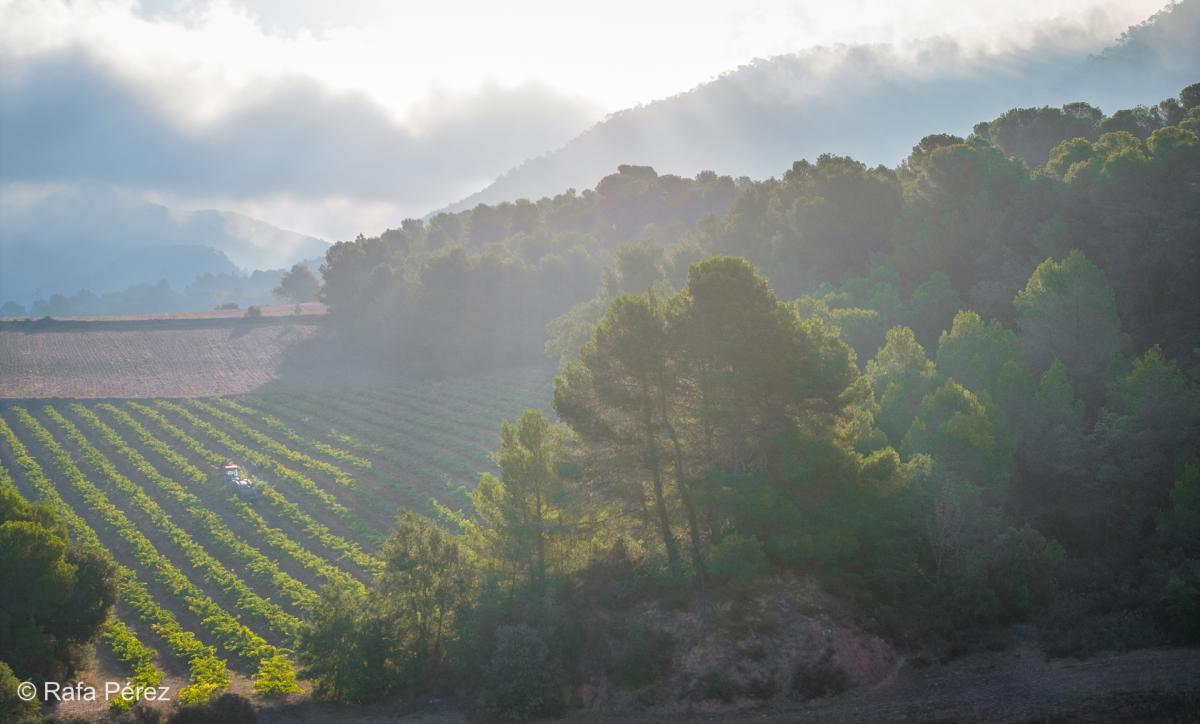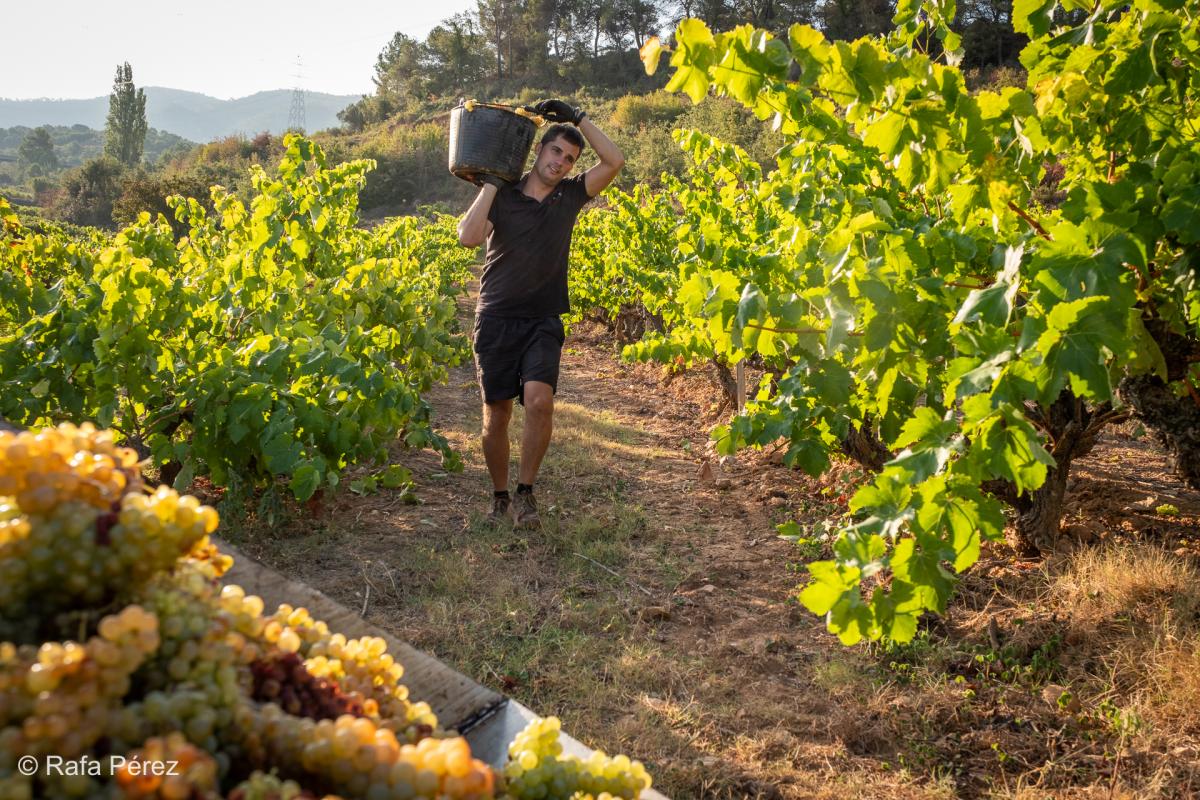The 'marinada' wines. DO Tarragona
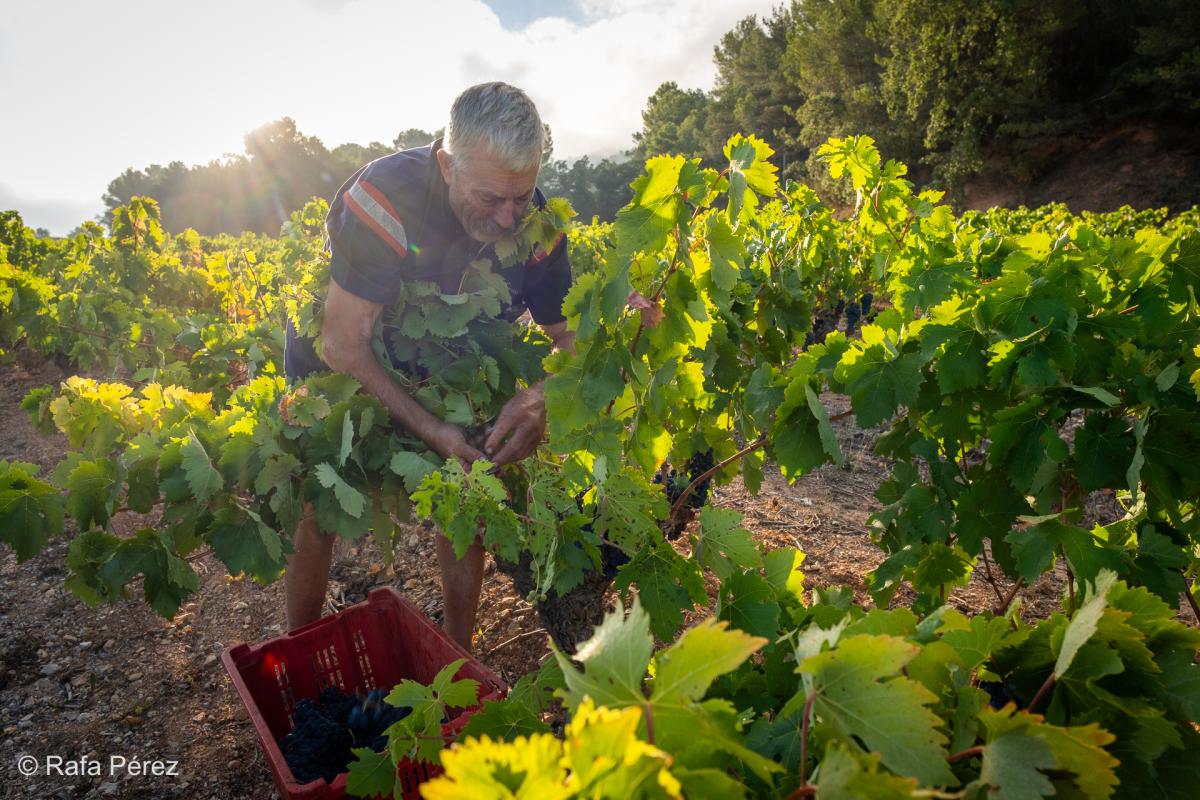
Thucydides said that the Mediterranean peoples began to emerge from barbarism when they learned to cultivate vines and olive trees. Throughout history, wine has been prescribed as a digestive, depurative, also against flatulence, fever, as a laxative, to stop haemorrhages, or as an antidote for snake bites. Midwives were even served a glass of wine before giving birth, and if a baby did not cry for the first time soon, it was immersed in a tub of wine. We do not know if any of these curious remedies were applied in our lands, but if we are talking about the history of wine, Tarragona has a lot to tell.
Wine in Roman times
The amphora that appears in the logo of the Tarragona DO, created in 1945 to protect liqueur wines, already gives us the first clue. In Roman times, Tarraconensis exported wine to different parts of the Empire, such as Italy, Gaul, Germania, and Britain. Authors such as Juvenal, Silius Italicus, Florus, Martial and Pliny the Elder did not hesitate to describe the Conventus Tarraconensis as very fertile, assuring us that it was a place where a wide variety of high-quality wines were produced; Pliny even spoke of the best in the Empire. Thanks to the great work of the Tarraco Viva festival, we know that conviviums, gatherings for eating and drinking, were held in the triclinium of the houses. In Roman times, the last part of the feast was the comissatio, where wines that were much better than those usually served in taverns, such as falerno, cécubo, albano, as well those from the province of Tarraconensis, were served. There was a person, the arbiter bibendi, in charge of deciding how many glasses each guest would drink and what proportion of water, hot, cold, sea water, even honey and spices, would be in the wine: he was responsible for ensuring that the intellectual level of the conversations was maintained as far as possible.
Monasteries and wine
After the fall of the Roman Empire there was a major decline in the cultivation of vines. The monasteries took it upon themselves to recover it, both because of their need for wine for liturgical use, and in daily life as a substitute for water, which was not entirely drinkable. Chapter 40 of the Rule of Saint Benedict - in the Tarragona region there were several Benedictine convents - is called The Ration of Drinking and is subtitled Do not give way to drunkenness. To attend to human weaknesses, he says, it seems to us that one hemina of wine - a little more than a quarter of a litre - per monk per day is sufficient, but they leave it to the superior's discretion to increase the dose if the circumstances of the work or the heat require it. And, above all, it points out that one should not drink to satiety but in moderation: wine makes even wise men apostatise.
The exceptional nature of Macabeu grapes from Tarragona
Once the phylloxera crisis was over, vine cultivation in the Tarragona region made a strong comeback and with it the cooperative movement, which opted for the Macabeu grape - as opposed to the Parellada, which needs more altitude, and the Xarel-lo, which produces little in this area - to sell the harvest to the cava industry. At the Universal Exhibition in London in 1862, of the 189 exhibitors of Catalan wines, 101 were from Tarragona; at the Paris Exhibition in 1878, there were already 216 exhibitors. The name of the city in Europe was associated with the world of wine. In recent years, some producers of the Tarragona DO have seen that, with smaller productions, Macabeo grapes can produce very singular wines of great quality. This requires a delicate work of craftsmanship on the part of the winegrowers, must deal with a rugged terrain, fixed with dry stone walls and with a rather thin calcareous soil. Oriol Pérez de Tudela (Vinyes del Tiet Pere, Vilabella), one of the greatest defenders of the potential of Macabeu, says that the orography of the Tarragona vineyards, with a large part of the vines in the high areas of the Gaià River, means that the grape reaches 11 or 12 degrees and has little acidity, compensated, however, by a characteristic that makes it unique compared to other production areas: salinity, which brings freshness to the wine. This is due to the proximity of the Mediterranean, which can be seen from many of the vineyards, from where the marinada arrives. This gentle wind comes every day from midday onwards, swaying the leaves; for about seven hours the marinada leaves a trail of salty humidity that lightly bathes the fields. The exceptional nature of Tarragona's Macabeu is complemented by other very interesting tasting notes, such as peach or apricot, almond and almond blossom, an ideal combination for pairing with some of the most representative products and dishes of Tarragona's gastronomy, such as romesco and blue fish: the saline structure of Macabeu wines enhances their flavour without imposing fruit or acidity.
Tarragona DO, history and landscape
Another of the representative varieties of the Tarragona vineyards is the red Xarel·lo, known here as Cartoixà Vermell. An interesting attempt is currently underway to recover the Tarragona variety, a red grape that was lost with the arrival of phylloxera. In three or four years we could have the first experimental wine of this variety that so directly alludes to our city and that emphasises what Tarragona DO wines give us: history and landscape in a bottle. A good example of this can be found in one of the Mas Vicenç wines, a Macabeu from a hundred-year-old estate aged in amphorae. This family winery in Cabra del Camp offers different wine tourism activities as part of the Tarragona DO Wine Route. We are invited to enter their house and walk through the vineyards to learn about the origin of the wine, biodiversity and the dry stone architecture; at one of the stops in a hut we find fresh water in a pitcher and a sip of wine accompanied by olives and nuts. Breakfast with arengada (pressed and brined sardine), chocolate and wine pairings with handmade pieces from a local pastry chef, Nordic walking or participation in the grape harvest festivals are some of the other activities on offer.
Tarragona, food and wine capital
Tarragona is a city that shows empathy towards other nearby appellations -four more within a short distance of the city-, and which has the capacity to act as a great gastronomic capital, championed by the Macabeu, a variety that, in these latitudes, has the good fortune to give us all the freshness of the Mediterranean.
The Embutada
The Romans celebrated the vinalia, festivals to bless the new wine -Vinalia urbana, in April- and to ask for a good harvest -Vinalia rustica, in August-. Today we continue to celebrate the fruit of a good harvest. In November, the Santa Teca association organises the Embutada, a festival that recaptures the memory, the wine tradition of the city and the custom of tasting the new wine with a brass funnel.



